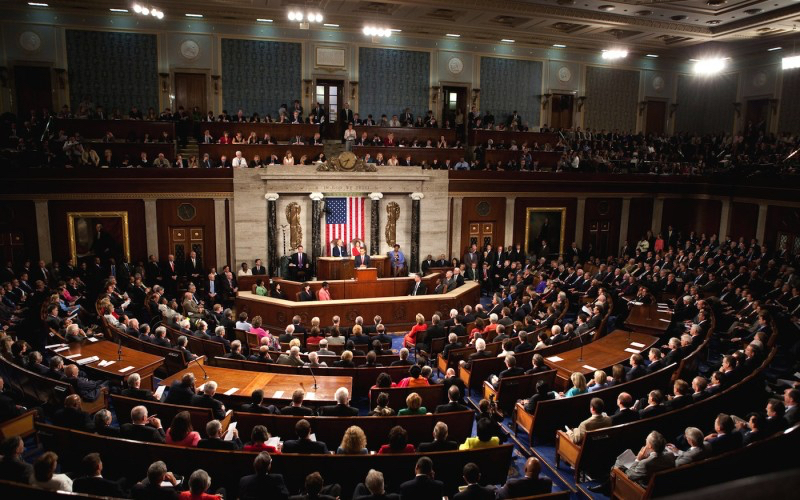
Rising Government Debt and the Next Global Recession
The recently released report from the McKinsey Global Institute on global debt is an important, and sobering, look at how little the world appears to have learned from the Global Recession, and just how dangerous levels of sovereign and consumer debt have become in the interim. If you thought debt levels were alarming in 2008, consider where they are today.
As the report points out, the widely anticipated ‘deleveraging’ that was expected to be a natural result of the recovery process simply hasn’t happened. Since 2007, global debt has not fallen, but has actually grown by $57 trillion, raising the ratio of debt to GDP by 17 percentage points. Government debt accounts for just under half of the total, and is expected to continue to rise, reflecting a broad failure to rein in spending and embrace fiscal conservatism.
In 2000, the global stock of debt (based on 2013 constant exchange rates) was $87 trillion. By 2007 it had reached $142 trillion, and by the second quarter of 2014 had reached $199 trillion (an increase of 229% in just 14 years, or 286% of global GDP). While household and corporate debt declined slightly, as a percentage of the total amount of debt amassed, governments’ share rose from 25% to 29% of the total. According to McKinsey, Japan’s debt to GDP ratio is in excess of 500%, Spain is in excess of 400%, China’s is nearly 300%, and the U.S. is at 269% of GDP. This is clearly unsustainable.
As was pointed out in a Forbes piece last year, the government debt picture is actually much worse than meets the eye.
When government debt is computed as a percentage of tax revenue (rather than GDP), Japan’s debt is actually more than 900%, Greece is nearly 500%, and the U.S. is in third place with just over 400%. If developed countries with the ability to raise revenues, set meaningful benchmarks, and enforce guidelines cannot set an example, how realistic is it to expect developing, emerging, and newly industrialized countries to do the same? McKinsey notes that 80% of all countries have higher debt today than in 2007.
Based on dampened global growth expectations, there is little reason to believe that the move away from deleveraging will be reversed in the near or medium term, as governments have even less incentive to attempt to implement the type of radical surgery that will be required to stem the tide of red ink when income and revenue levels are stagnant or falling. It is debt that will continue to fuel what growth remains but this is a trap, as high debt levels have historically provided a spark that ultimately leads to deep recessions.
The accumulation of some debt can be ‘healthy’ — a natural precursor to creating underlying conditions for growth in many developing economies. But too much accumulation in the wrong way can have the opposite effect, which is what is happening in many developed countries. Many developed economies have spent their way out of the Great Recession (the U.S. being a prime example), creating an enabling environment for the next economic crisis while limiting their future ability to respond with meaningful fiscal and monetary tools.
McKinsey offers a range of potential remedial responses for governments to consider implementing, ranging from enhancing the means for private sector debt resolution to reducing tax incentives for the accumulation of debt to having a broader range of tools for resolving sovereign debt, and improving data collection and debt monitoring. The problem with these suggestions is that, while perfectly sensible, governments lack incentives to adopt them. If all of the compelling motivational forces for doing so in 2008 did not spur governments to adopt more stringent policies and implement them, what are the incentives now?
Regrettably, the same ‘witches brew’ that got us into the Global Recession – short memories, greed, lax risk management, and a failure on the part of governments to turn the debt trap around – exist in abundance today, as if we have learned practically nothing. With government debt levels at these unsustainable levels, and with fewer policy options available to law makers, it is only a matter of time until our next fiscal crisis. With stock markets and asset prices once again at frothy levels, all that is needed now is the right trigger.
This article was originally posted in The Huffington Post.
